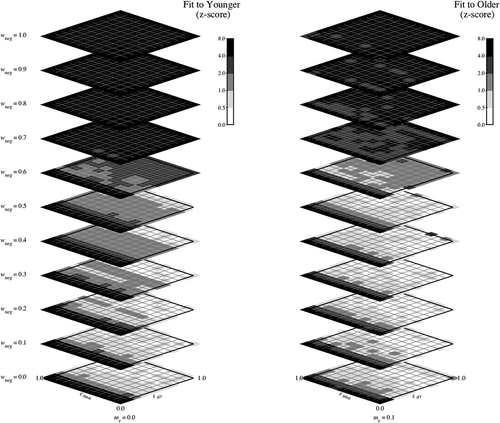Figures & data
Table 1. Means (and standard deviations) for key dependent measures on the WCST for the two groups of participants
Figure 1. Response time violin plot as a function of age group in the WCST, on trials following “correct” versus “incorrect” feedback. Older participants were in general slower than younger participants, and both groups were slower following negative than positive feedback.
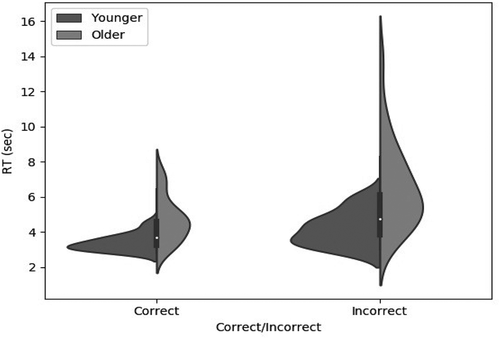
Table 2. Means (and standard deviations) for key dependent measures on the BRXT for each group of participants
Figure 2. Response time violin plot as a function of age group in the BRXT, on trials following “correct” versus “incorrect” feedback. Older participants were in general slower than younger participants, and both groups were slower following negative than positive feedback.
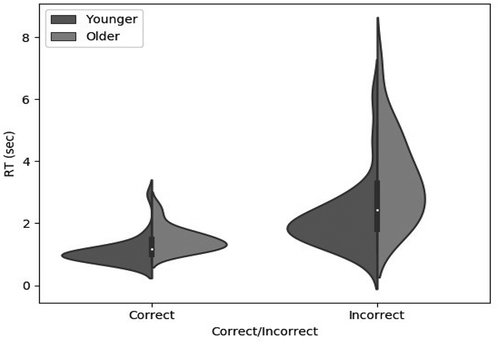
Table 3. Pearson correlations between types of WCST error (rows) and BRXT error (columns). All probabilities are two-tailed
Figure 3. Schematic of the basal ganglia. STR D1: Striatum D1 receptors, STN: Subthalamic Nucleus, STR D2: Striatum D2 receptors, GPi: Globus pallidus internal segment, GPe: Globus Pallidus external segment, THAL: Thalamus, CTX: Cortex, SNpc: Substantia Nigra pars compacta. Standard arrow heads indicate excitatory connections. Circular arrow heads indicate inhibitory connections.

Table 4. Z statistics for the model fit for the two age groups in the WCST. A value closer to 0 indicates that experimental and simulated values have closer means, and therefore a better model fit. The subscripts near the z value are the Bayes Factor (BF01). A value higher than 1 indicates greater support for the null hypothesis, which suggests a good model fit
Table 5. Values of the parameters ,
, εstr, and εsma for the simulations of the two age groups in the WCST
Figure 4. Model fit for younger participants, comparing the experimental (Exp) values and the simulated (Sim) values for the WCST.
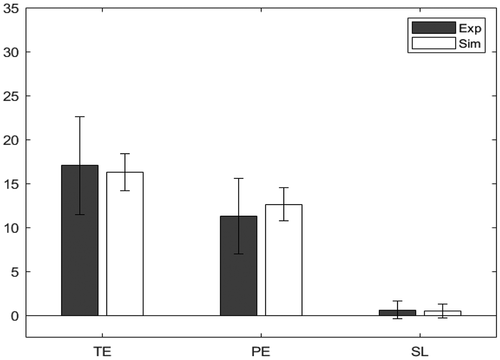
Figure 5. Model fit for older participants, comparing the experimental (Exp) values and the simulated (Sim) values for the WCST.
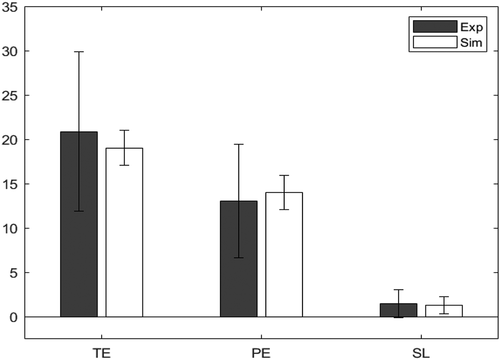
Table 6. Z and Bayes Factor BF01 as a subscript for model fits obtained by swapping young and old simulated data. The overall increase in Z values and the presence of three BFs below zeros suggest that the two models are not interchangeable and they capture the differences between the two groups
Table 7. Mean (standard deviation) simulated response time (i.e., number of cycles to generate a response) for each simulated group for trials following positive feedback and trials following negative feedback. Data are based on 25 simulated runs with parameters set as in
Figure 6. Schematic of the BRXT model without the basal ganglia arbitration device. For instance, given that specific filled-in circle as an input, the schema (clockwise) excites the following circle, whereas the
schema (counter-clockwise) excites the preceding one.

Table 8. Z statistics for the model fit for the two age groups in the BRXT. A value closer to 0 indicates that experimental and simulated value have closer means, and therefore a better fit. The subscripts near the z value represent the Bayes Factor BF01. A value higher than 1 indicates greater support for the null hypothesis, which suggests a good model fit
Table 9. Value of the parameters ,
, εstr, and εsma for the two age groups in the BRXT. Note that for the simulation of the Younger data, mr was fixed at zero and not a free parameter
Table 10. Z and Bayes Factor BF01 as a subscript for model fits obtained by swapping young and old simulated data. The presence of one BFs below zeros suggest that the two models are not intercheangable and they capture the differences between the two groups
Figure 7. Model fit for younger participants, comparing the experimental (Exp) values in blue/black and the simulated (Sim) values in orange/white, for the BRXT.
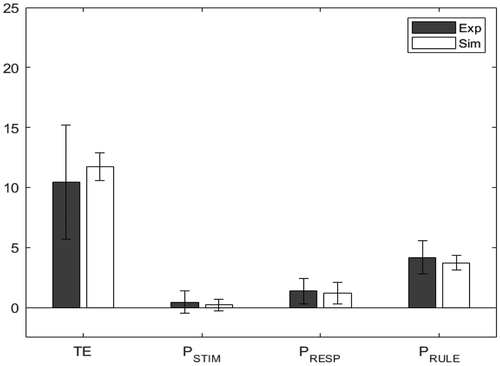
Figure 8. Model fit for older participants, comparing the experimental (Exp) values in blue/black and the simulated (Sim) values in orange/white, for the BRXT.
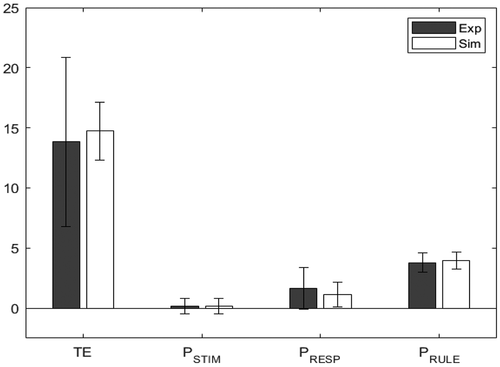
Table 11. Mean (standard deviation) simulated response time (i.e., number of cycles to generate a response) for each simulated group for trials following positive feedback and trials following negative feedback. Data are based on 25 simulated runs with parameters set as in
Figure 9. Model fit for younger (left) and older (right) participants, across the 3-dimensional parameter space defined by wneg, ϵstr and ϵsma with mr = 0.0 for the WCST, based on 25 simulated participants at each of 113 points in parameter space. The greyscale shows the z-score fit as described in simulation 1, with red/white representing fits with a z-score of less than 0.5 and bluer/darker values representingprogressively poorer fits (i.e., z ≥ 0.5).
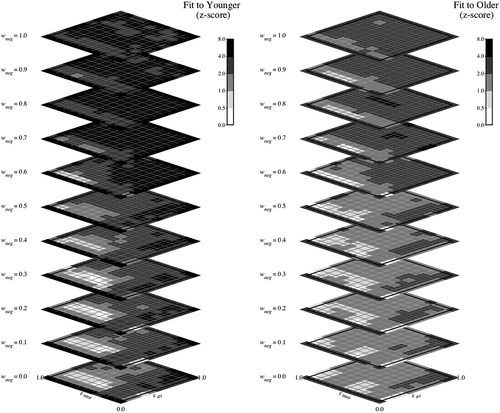
Figure 10. Model fit for younger (left) and older (right) participants, across the 3-dimensional parameter space defined by wneg, ϵstr and ϵsma for the BRXT, based on 25 simulated participants at each of 113 points in parameter space and with mr = 0.0 for the younger / left panel and mr = 0.1 for the older / right panel. The greyscale shows the z-score fit as described in simulation 2, with white representing fits with a z-score of less than 0.5 and darker values representing progressively poorer fits (i.e., z ≥ 0.5).
